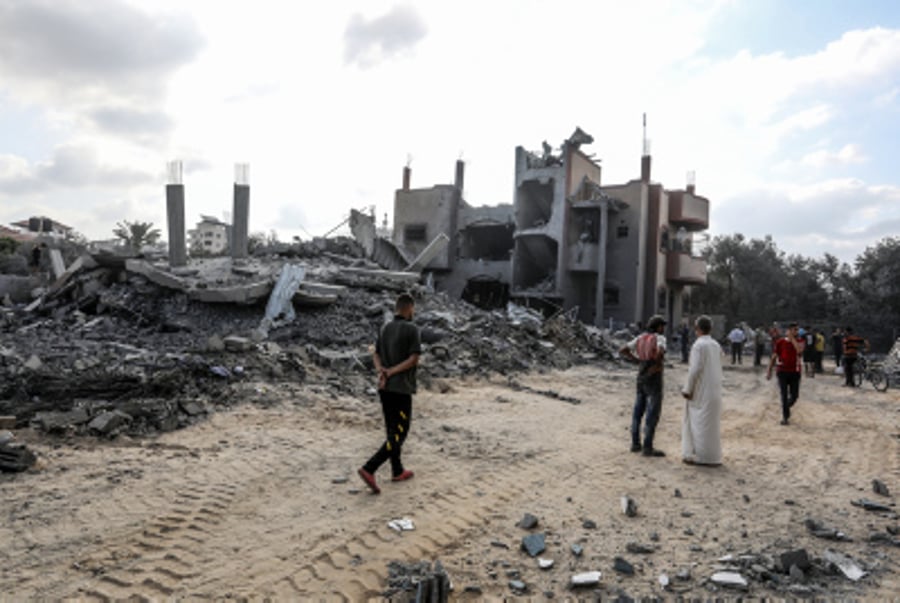
The IDF has implemented a new strategy in its ongoing conflict with Hamas in the Gaza Strip, focusing on rapid evacuation orders in response to rocket fire. This tactic, primarily employed in the past month, has led to widespread displacement across the region and has become a central point of contention between the IDF and Hamas.
According to Israeli military sources, areas in Gaza from which rockets are launched now receive evacuation notices within hours. As a result, most of the Gaza Strip, excluding designated humanitarian zones, is currently under evacuation orders. The strategy aims to minimize civilian casualties while targeting Hamas operations.
A significant event occurred on July 1, when 20 rockets were fired from the Khan Yunis area towards southern Israeli settlements. In response, the IDF announced an exceptionally large evacuation: approximately a quarter of a million residents of Khan Yunis, who had only recently returned to their homes, were instructed to leave. They quickly departed in convoys westward to the designated humanitarian zone.
Contrary to expectations, the IDF did not re-occupy the evacuated area but instead limited its response to artillery fire. After a few days, residents began returning, interpreting the evacuation as a warning message: areas allowing rocket fire risk evacuation. This pattern has since repeated in other areas, including a large zone between the Kissufim axis, the town of Qarara, and southeast Khan Yunis.
Hamas, the governing body in Gaza, strongly opposes these evacuations. The group's resistance is particularly evident in northern Gaza, where the population largely remains in place, often serving as what Israeli officials describe as "human shields." Hamas has launched a significant media campaign to discourage evacuations, using the Arabic hashtag "We're not leaving" (#مش_طالعين) on social media platforms.
Social media reports from Gaza residents indicate significant distress due to repeated displacements. One resident, identified as Samer, wrote online that the displacement is "1000 times worse than the war itself," expressing a desire to stay in one place without the "chaos of moving from place to place."
Military analysts suggest that the key to Israel's strategy against Hamas lies in the northern Gaza Strip, rather than in southern areas like Rafah or Khan Yunis. This focus is reflected in the intensity of IDF operations in the region. Over the past month and a half, there have been daily battles in various neighborhoods of Gaza City, including Tel al-Hawa and Sabra. A large tunnel was reportedly discovered near the UNRWA headquarters, and several senior Hamas officials are believed to have been killed in these operations.
The conflict has evolved into a pattern described by some as "musical chairs," with IDF forces focusing on different neighborhoods in rotation, issuing evacuation orders, and Hamas fighters relocating alongside civilian populations. For instance, after operations in Jabalia, many militants reportedly moved to the Sheikh Radwan neighborhood.
In ongoing hostage negotiations, Hamas has prioritized the return of displaced Gaza City residents to their homes as a key demand, even in the first stage of any potential deal. Hamas leadership understands that the return of civilians would likely allow their operatives to blend in and potentially reclaim hidden weapons caches.
The IDF's strategy appears aimed at separating the civilian population from Hamas operatives, while Hamas seeks to maintain its presence among civilians. Israeli military sources suggest that only a large-scale evacuation of about a quarter million people from the northern Strip, south of the Netzarim axis, could create the pressure needed to force Hamas leader Yahya Sinwar to release all hostages and deprive Hamas of its "human shield" strategy.
The situation remains fluid, with both the IDF and Hamas continually adapting their strategies.
* Channel 12 contributed to this article.



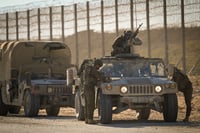
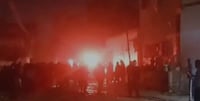
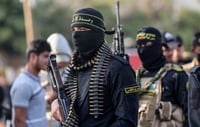
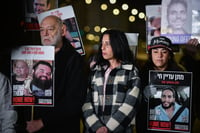


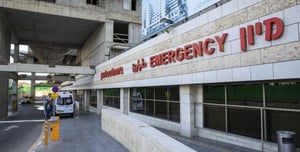
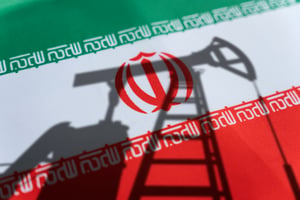

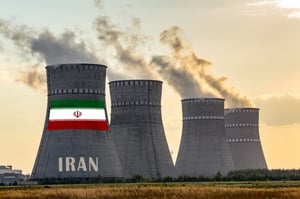

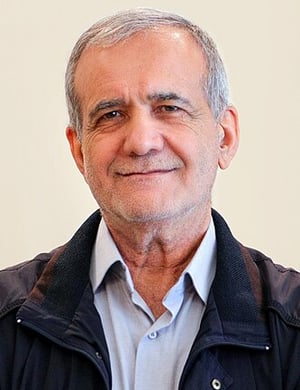
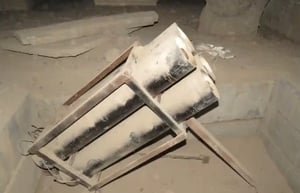
0 Comments